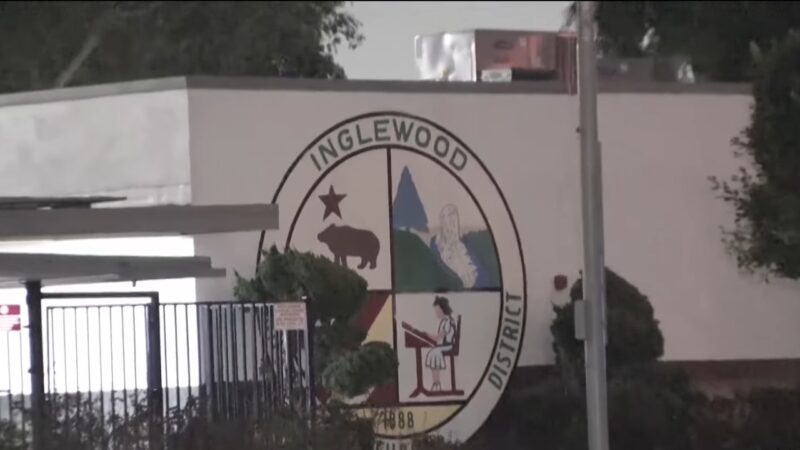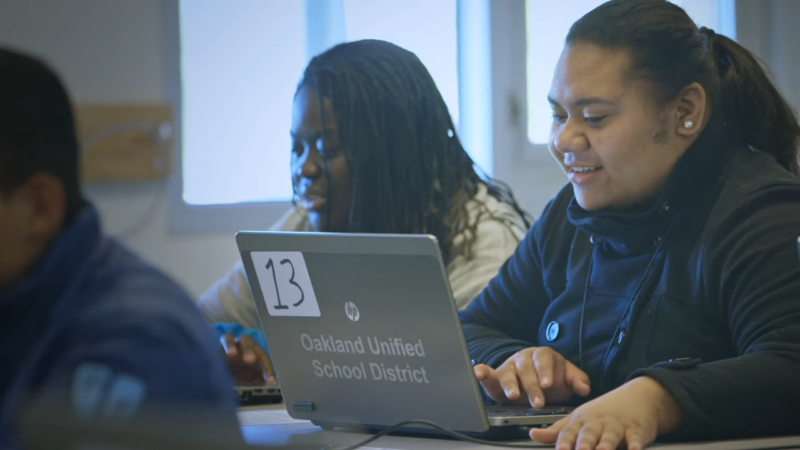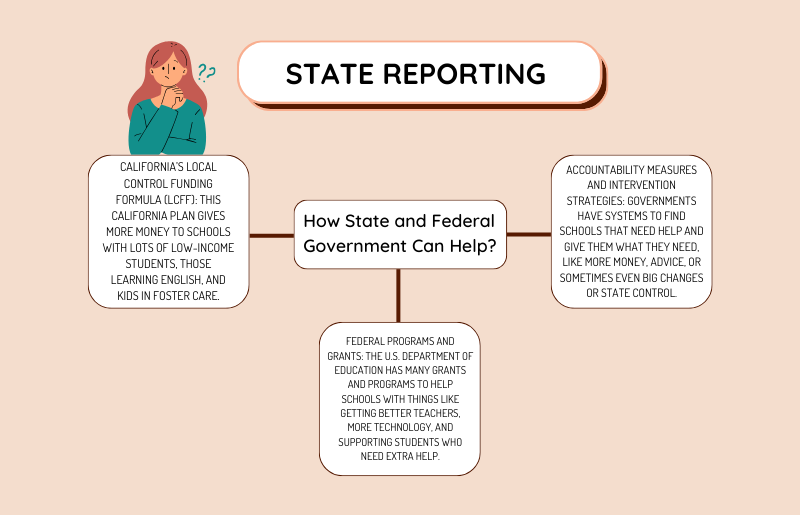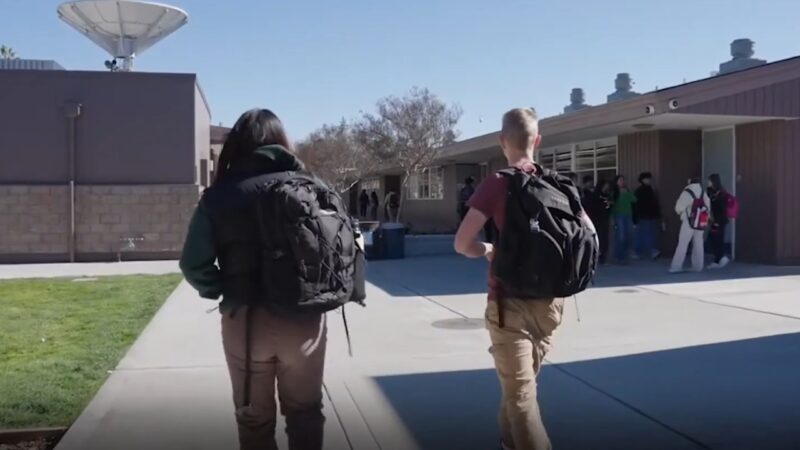California is famous for Hollywood, high living standard, and is one of the most developed areas in the US. But it’s not all perfect.
It has a large education network with more than 1,000 school districts. However, some districts fall short of giving students a top-notch education.
This article will examine the five lowest-performing school districts in California and explore why they’re not doing well.
1. Inglewood Unified School District

In Inglewood Unified School District, located in Los Angeles County’s southwest, about 8,500 students are enrolled. Sadly, IUSD is known as one of California’s least successful school districts because of its poor academic results, financial problems, and high dropout numbers.
IUSD has faced money issues for a long time, which led to the state stepping in in 2012. Even though there have been attempts to fix this, money troubles still hurt the district.
2. Oakland Unified School District

Despite its prime location in the bustling San Francisco Bay Area, OUSD struggles with several issues:
- OUSD’s students struggle academically, with a small percentage meeting the expected standards in English and Math during the 2021 assessments.
- The district has a history of financial difficulties, including budget shortfalls and the need for state intervention. A significant bailout was once required to prevent bankruptcy, and financial concerns remain an ongoing issue.
- OUSD has experienced strained relations with its teachers’ union, leading to strikes over concerns such as salaries, class sizes, and support staff availability. These tensions have added to the district’s challenges.
Fostering strong connections between educators and students, as well as actively engaging with parents and guardians, is imperative to address the multifaceted challenges facing OUSD and to cultivate a supportive learning environment for all stakeholders.
3. West Contra Costa Unified School District

West Contra Costa Unified School District (WCCUSD), located in Richmond, serves over 28,000 students across 54 schools. The district faces challenges such as low academic achievement, inadequate facilities, and financial mismanagement.
- In the 2021 CAASPP, only 32.5% of WCCUSD students met or exceeded standards in English, and just 22.3% did so in Mathematics.
- IA 2016 report indicated that more than half of the district’s schools were in “poor” or “very poor” condition, with problems like leaking roofs and insufficient heating and cooling systems.
- The district encountered a $1.6 million budget shortfall in 2018. Despite steps taken to address these issues, there are ongoing concerns about financial transparency and accountability.
4. Los Angeles Unified School District
Los Angeles Unified School District (LAUSD), one of the largest in the nation, educates over 600,000 students in its many schools. Despite ample resources, the district faces several challenges:
- In 2015, only 39% of LAUSD students met or exceeded English standards on the CAASPP, and 26% did so in Math.
- LAUSD is experiencing a persistent shortage of teachers, particularly in special education, math, and science. Factors like high turnover, insufficient salaries, and difficult work conditions are exacerbating this problem, affecting student learning.
5. San Bernardino City Unified School District

San Bernardino City Unified School District (SBCUSD) in San Bernardino County caters to over 47,000 students. And things are not so great there.
- In 2021, 28% of students in SBCUSD met or exceeded the English standards on the CAASPP, and just 16% did so in Mathematics.
- The district’s dropout rate was 16.9% in 2021 considerably higher than the California state average of 9.0%.
- Financial challenges have led to budget cuts affecting programs, services, and staff, with recent years seeing teacher layoffs, fewer support staff, and fewer extracurricular activities.
Common Factors Contributing to Poor Performance
Several key issues contribute to the challenges faced by underperforming school districts in California:
- Economic hardships and disparities can greatly affect educational outcomes. Students from families in financial distress may not have access to the same educational resources and support as their peers.
- Students frequently changing schools can suffer academically. This instability can cause interruptions in learning and hinder academic achievement.
- Districts with a high number of students learning English as a second language may struggle to provide adequate support, making it harder for these students to succeed academically.
- A lack of financial resources can mean that essential educational programs, student support services, and school maintenance are underfunded, which can diminish the quality of education offered to students.
How State and Federal Government Can Help?

State and federal governments are key in helping schools that aren’t doing well. They use different methods and money plans to give support:
- California’s Local Control Funding Formula (LCFF): This California plan gives more money to schools with lots of low-income students, those learning English, and kids in foster care.
- Federal Programs and Grants: The U.S. Department of Education has many grants and programs to help schools with things like getting better teachers, more technology, and supporting students who need extra help.
- Accountability Measures and Intervention Strategies: Governments have systems to find schools that need help and give them what they need, like more money, advice, or sometimes even big changes or state control.
As a mentor, I share my knowledge with educators worldwide, believing in the power of collective wisdom to shape a better future.
My leadership has turned Talks With Teachers into a haven for educators to grow and celebrate their profession, truly embodying the organization’s pioneering and caring ethos.
Related Posts:
- California Is on The Verge of Getting Rid of One of…
- What Is a Title 1 School - The Impact on American Education
- Tech Insiders Propose AI Education in Schools for…
- Top 10 Online Resources for Continuing Teacher Education
- Essential Back to School Checklist for Teachers -…
- 5 Non Fiction Articles to Pair with Classic High…







